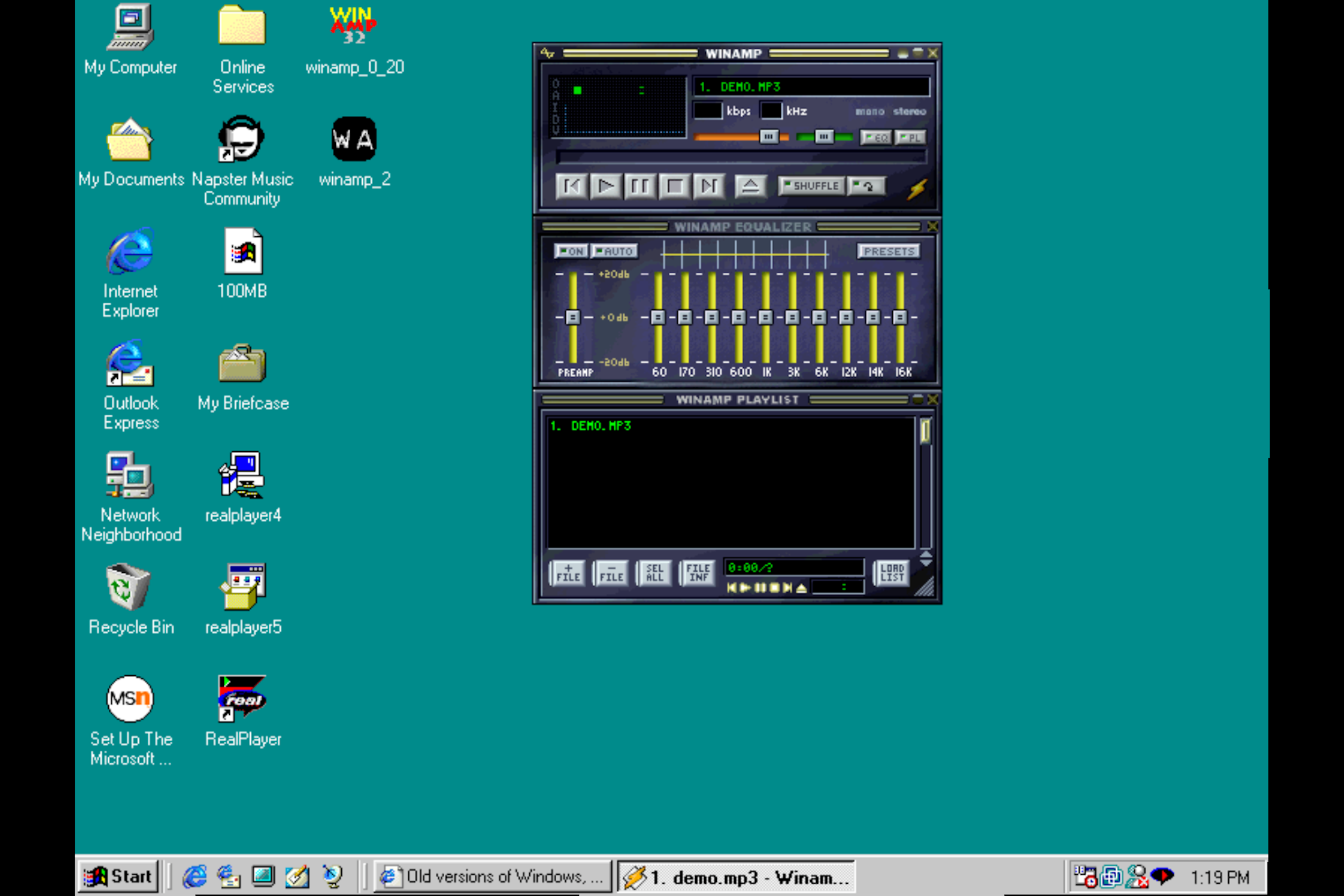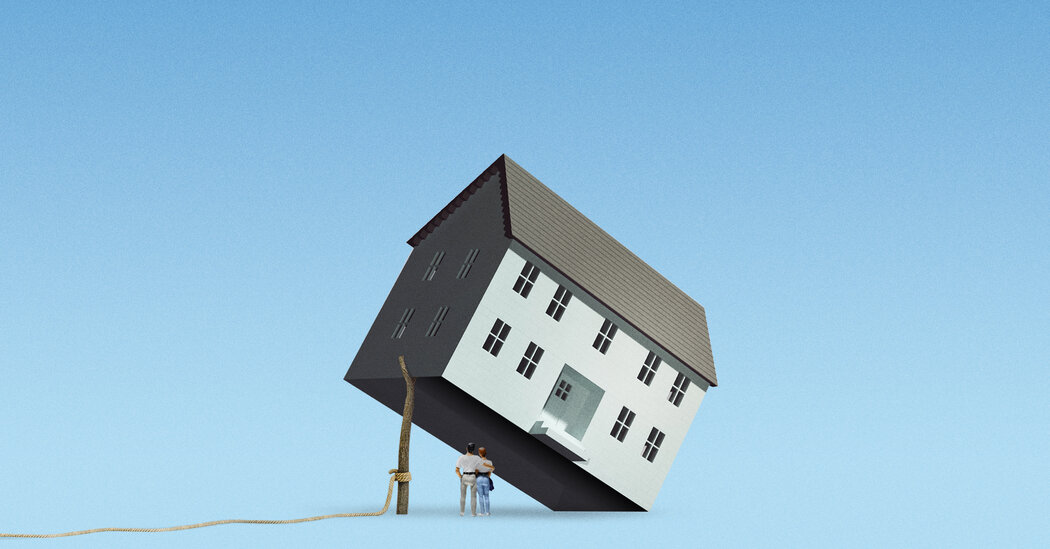

I really wish that were entirely the case. The distances I quoted came from safety trainings I’ve had to take over the years. Given my personal experiences during that time, I think they were from before ABS was mandated. And I had a lot of ABS failures when I was OTR and few close calls as a result of those failures. That’s one of the reasons I chose to switch to running a yard truck 5 years ago. Far less stress.
When ABS failed on dry pavement and I needed to stop in a hurry, the affected tandem would tend to lock up and bounce along the ground. Nerve racking and scary when there’s traffic in front of you, but not near as bad as on wet or icy roads. The sheer terror of feeling one of my axles start sliding under me.
If I had one word of advice for drivers new to the industry, it would be to drive as if none of the safety systems on the truck and trailer exist because in my experience they will fail exactly when you need them.
But when they do work they are f-ing magical.













I haven’t seen them but it might be a callback to early animation.
To keep costs down and speed up production, cartoons (pre digital animation) would often be animated at around 15 fps, sometimes going as slow as 10 or 12 fps. Each frame was then photographed 2 or 3 times to bring the frame rate up to 24 or 30 fps depending on the media. Robotech, Scooby-Doo, Mighty Max and the original Duck Tales come to mind as examples. Hanna Barbara cartoons were also known for being on the lower end of the spectrum.